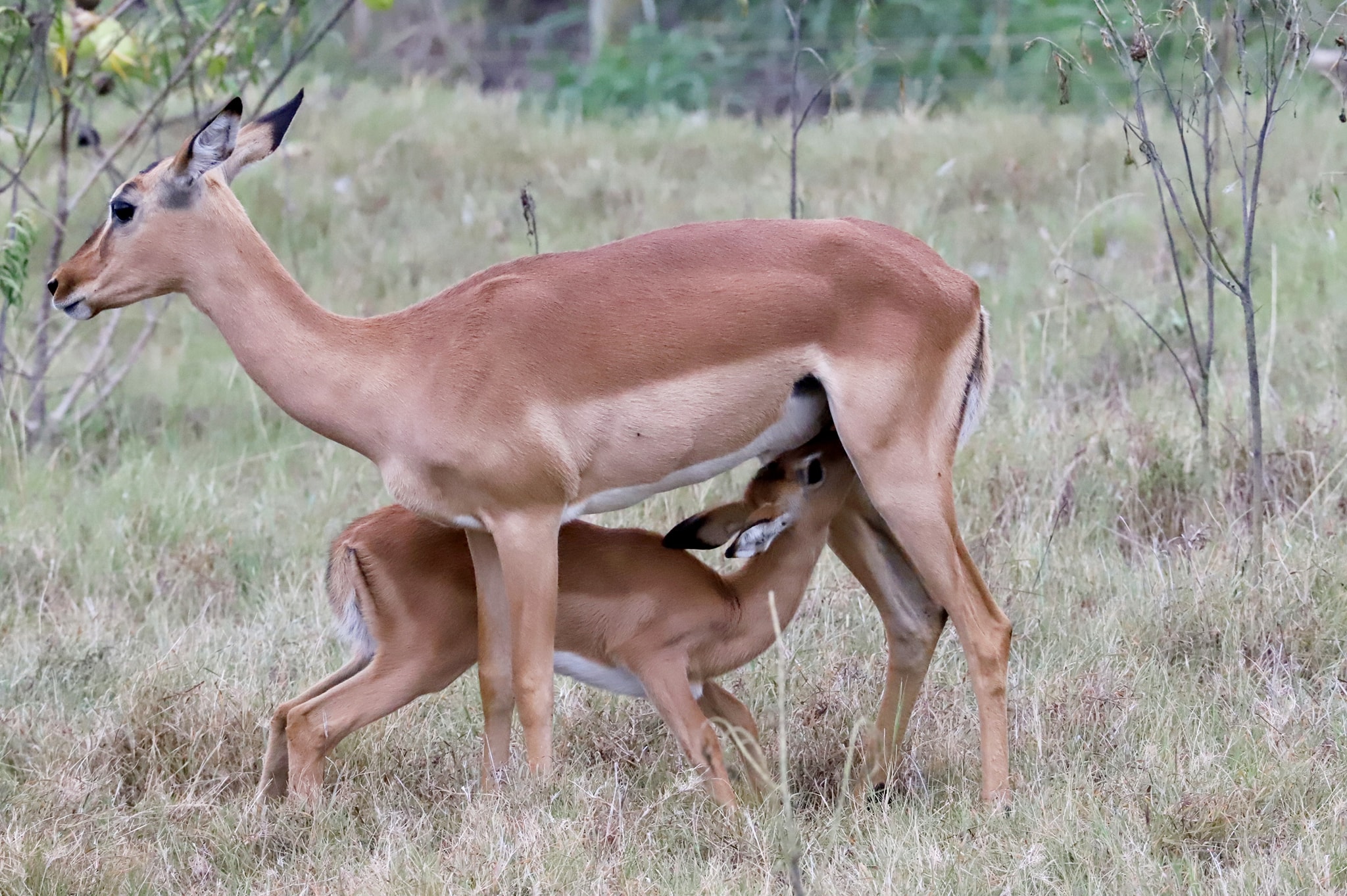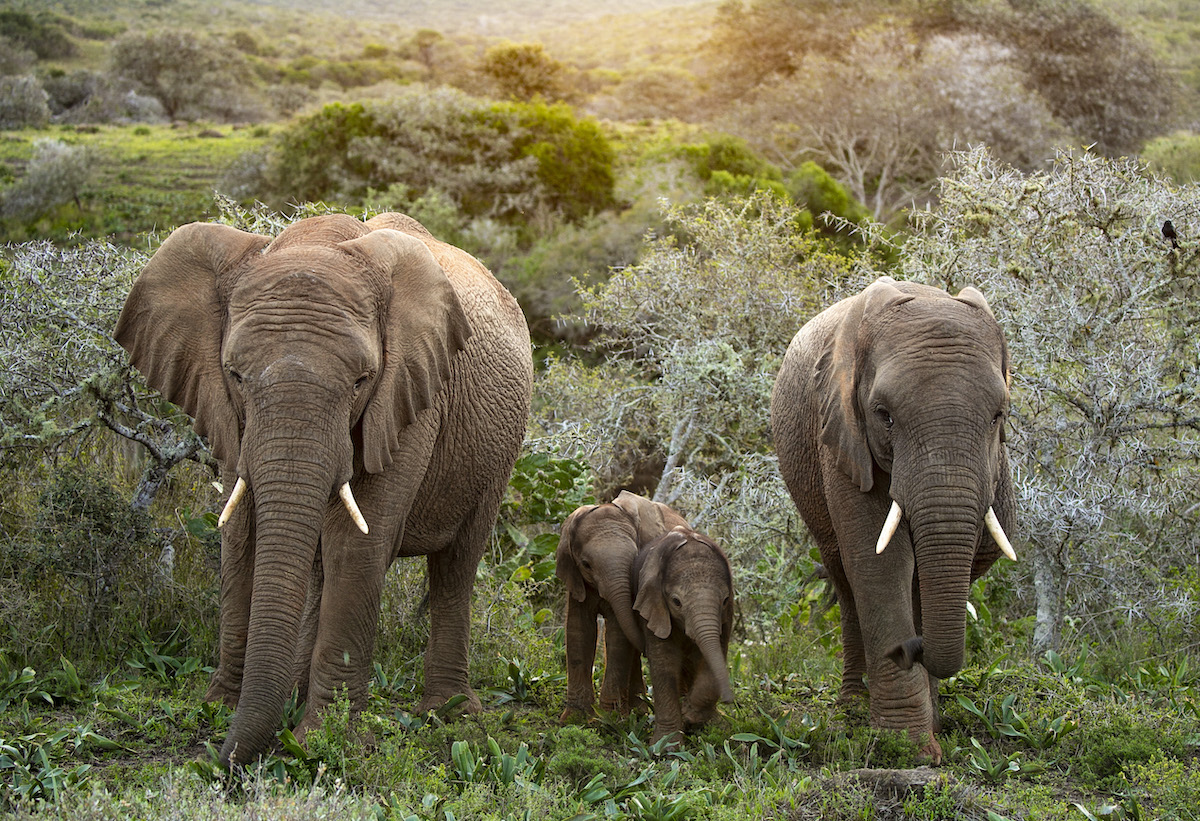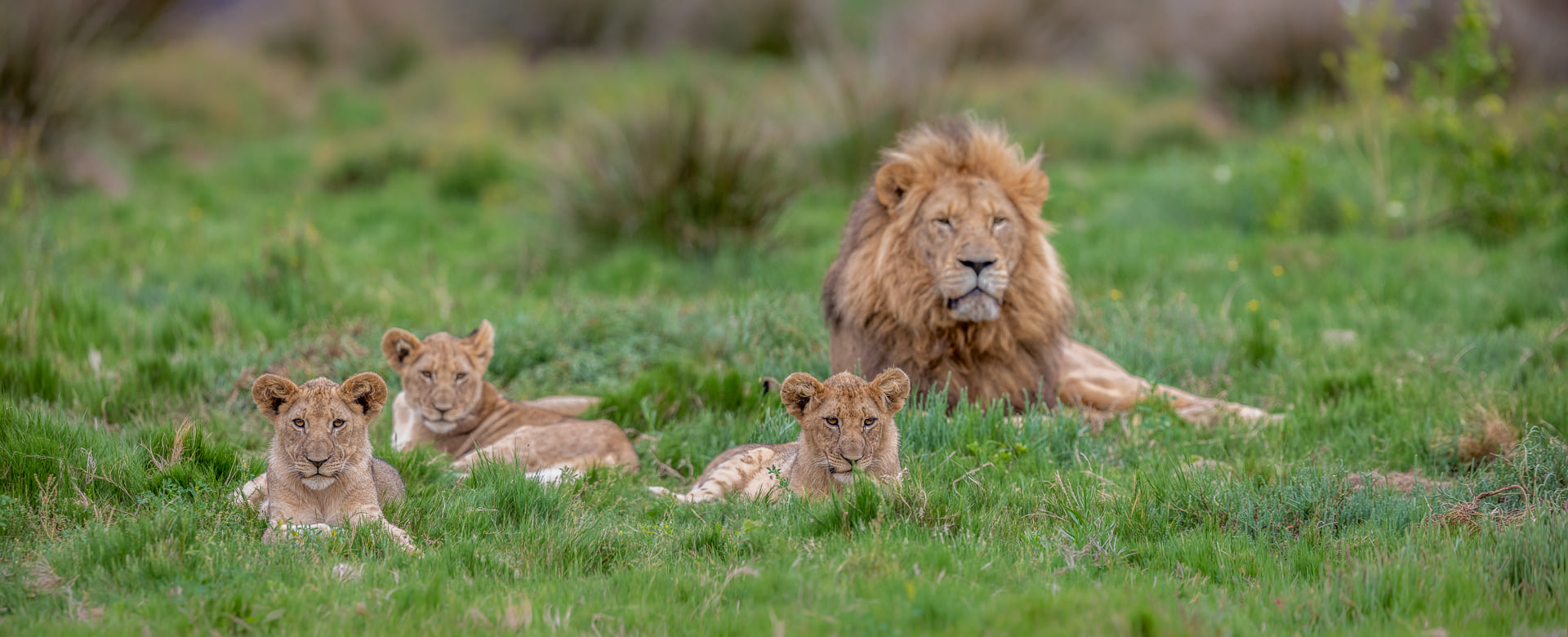Best Time to View Baby Animals on Safari
When on safari at Kariega Game Reserve, our guests view spectacular wildlife over diverse biomes within the 10 000 hectare Kariega wilderness. There are many different species of animals from enormous elephant and tiny terrapins but what often delivers the biggest thrill is viewing newly born baby animals in the African wild.
Game viewing at Kariega is incredible year round with the certainty of enjoying baby animals across many species, but there are certain times of the year when it is more likely to see the young of certain animal species due to seasonal and non-seasonal breeding.
Seasonal Breeders
Antelope, such as impala, wildebeest and blesbuck are seasonal breeders. These animals will start to rut during the month of May, meaning the males will fight with other males to become the dominant breeding bull or ram of the herd. The average gestation period of an antelope is about 198 days meaning, if you book your stay with us between the months of November and January, you are likely to experience the newly born antelope. You may even be lucky enough to view an antelope giving birth.

Non-seasonal Breeders
Buffalo, zebra, giraffe, hippo and elephants are classified as non-seasonal breeders. These animals will give birth anytime during the year. Non-seasonal breeders are more likely to give birth after a the rainy period when the number of vital resources will be larger and the offspring’s survival rate will be higher. The gestational period of each species differ significantly. Giraffe gestate for up to 450 days; Zebra 390 days; Hippo 250 days and Buffalo up to 330 days. The elephant has one of the longest gestation periods of land mammals, they gestate for 22 months (660 days)!
A herd of any of these species will always include a cross section of different age groups from very young to sub-adult and adult animals.

Lions and Rhino
Lions and rhinos do not fall into either category. They only give birth every two to four years.
There is a difference between these two animals, a rhino will only have one offspring at a time while a lioness could have a litter of up to six cubs. The sadness about a litter of lion cubs is that it is rare for all of them to survive as the challenges they face at such a young age, such as food scarcity, predators or very cold weather, are life threatening. Only the fittest will survive. The survival rate of Rhino calves is very good as the mum only has one offspring to take care of and rhino are very attentive and protective mothers. The real threat is that the calf will be orphaned due to poaching which continues to threaten the survival of this species.
Different rhino species have different gestation periods, the more common white rhino will gestate for about 16-18 months whereas a black rhino is a bit shorter, gestating for 15-16 months. A lioness has a very short gestation period of 110 days, any predator in Africa has a short gestation period.


Viewing Baby Animals is a Joyful Experience
Viewing baby animals in the African wild is a joyful experience and one of the highlight of an African safari.
Did you get to experience any sweet baby animals while on safari at Kariega Game Reserve? Please share your photos or videos with us by tagging our page either on Instagram, Facebook or TikTok. You could even enter one of the photos into our photography competition and win a luxurious stay with us!
If you are wanting to view baby animals in the future, book your stay with us at Kariega Game Reserve. We will take great joy in making your safari wish come true.
Video credit: Kariega Field Guide Reece Dodd









